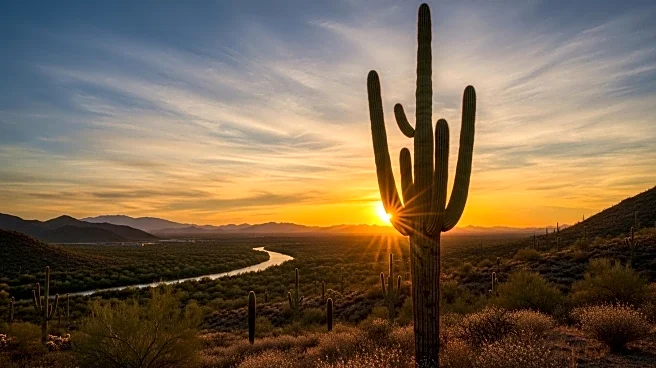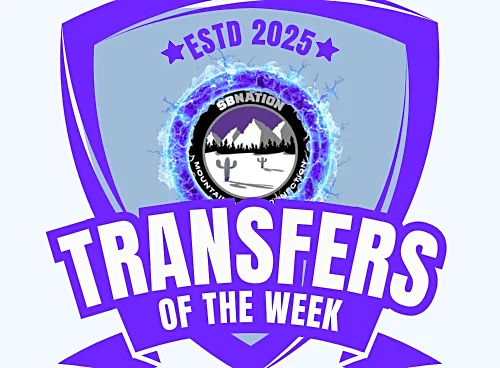What's Happening?
Researchers, including UC Santa Barbara Emeritus Professor of Earth Science James Kennett, have discovered evidence supporting the hypothesis that a fragmented comet impact may have contributed to the extinction of megafauna and the disappearance of the Clovis culture in North America. Shocked quartz grains, indicative of extreme pressure and temperature, were found at three key archaeological sites: Murray Springs in Arizona, Blackwater Draw in New Mexico, and Arlington Canyon in California. These findings align with the Younger Dryas impact hypothesis, which suggests a comet airburst caused widespread burning and an 'impact winter,' leading to harsh conditions that may have resulted in the demise of large animals and the Clovis culture.
Why It's Important?
The discovery of shocked quartz and other impact-related materials provides significant evidence for the Younger Dryas impact hypothesis, which has implications for understanding historical climate events and their effects on ancient civilizations. This research could reshape theories about the causes of megafaunal extinctions and cultural shifts during the Younger Dryas period. The findings highlight the potential for cosmic events to influence Earth's climate and ecosystems, offering insights into the resilience and adaptability of human societies in the face of environmental changes.
What's Next?
Further research is expected to continue exploring the impact hypothesis, with scientists likely to investigate additional sites for similar evidence. The study may prompt a reevaluation of historical climate models and the role of cosmic impacts in shaping Earth's history. Researchers may also focus on refining techniques to detect and analyze impact-related materials, potentially leading to new discoveries about past environmental events and their consequences.
Beyond the Headlines
The implications of this research extend beyond archaeology and paleontology, touching on broader themes of environmental resilience and the interconnectedness of cosmic and terrestrial events. The study raises questions about the vulnerability of ecosystems and human societies to sudden climate shifts, offering lessons for contemporary climate change challenges. It also underscores the importance of interdisciplinary approaches in understanding complex historical phenomena.













